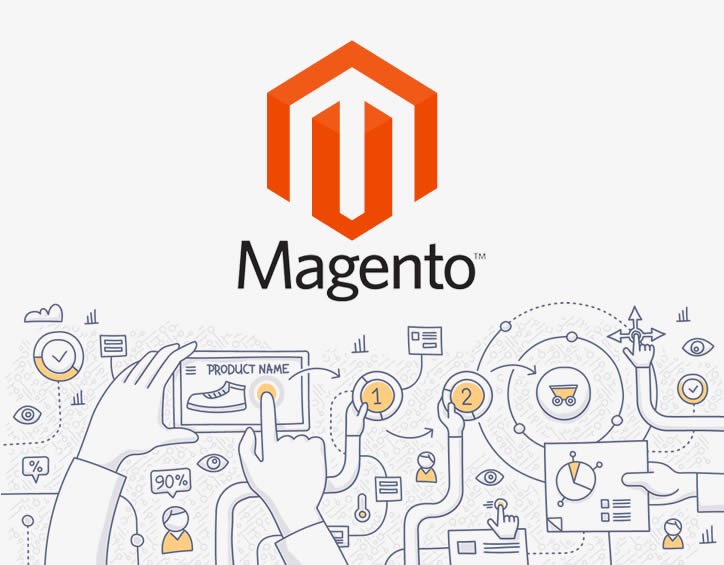As an online retailer, you were once forced to contemplate a somewhat difficult decision regarding the direction of your digital outfit. At the outset, you needed to make a quick yet definitive comparison between Magento and its primary competition: Shopify.
While the two ranks neck and neck, it’s more than likely that your comparison ended in favor of the Magento 1 platform. But now that Magento is transitioning to a wholly new version, you might be left asking: when should you make leap and undergo the Magento 1 to Magento 2 migration process?
What is your current performance like?
Magento is a substantial resource, and therefore can be a convoluted one. With expansive features and design elements, there comes the natural risk of performance issues in the front end as well as a buggy interaction for developers trying to add listings, features, or functionality to improve user experience.
Modules can influence your Magneto-powered online store’s performance. Third-party modules can degrade your eCommerce store’s performance. Hence, it’s crucial to analyze your plugins when moving from Magneto 1 to Magneto 2 to ensure rarely used ones are turned off and unused ones won’t be included.
Aside from third-party modules, custom Magneto modules play a crucial role in your eCommerce store’s overall functionality and performance, which can affect the customer shopping experience. In Magneto’s central unit, modules consist of controller helpers, models, and blocks necessary to create a specific online store feature. Generally, it’s the customization unit of the Magneto platform.
Unless you’re a web developer with experience in Magento 2 customization and the right tools, you’ll likely encounter problems, such as obtaining the right design, development complications, and maintenance problems. These issues can also affect your store’s overall design and performance. Therefore, you might want to consider working with an experienced developer, an expert in completing various Magento 2 custom module development projects.
How big is your online presence?
The size of your store is also something to consider when making the jump from version one to version two. The larger your outfit, the more work will be required to properly make the transition.
Even though your current version will operate largely without fault until mid-2020, sizeable organizations may want to consider migrating to the newest offering as early as possible. This way, you’ll have enough time to hammer out any quirks and ensure offline lapses are mitigated once your current version becomes obsolete.
Mind potential security risks
A key consideration during operating system, platform, and even standard software transition periods is the inflated potential for new and aggressive security threats. With the end-of-life announcement comes the reality that version one will no longer receive updates, for both features and security.
Therefore, it’s left open to growing security risks along with the lack of new design rollouts. Cyberattacks leave both companies and customers vulnerable, meaning your clients may think twice about using your service over your competitors if they’re aware of possible sensitive data breaches — especially financial information leaks.
Are you struggling to merge data points?
The Magento 2 release will feature a new “dashboard” that collates financial, marketing, and visitor data in one place. Previous operation with the Magento platform left these data merging tasks to you. While some developers worked around this limitation, if your team has yet to discover an elegant solution for reporting critical data points in unison, an upgrade will alleviate this problem.
Reflect on your ecommerce practices
Finally, the migration period between Magento versions is a great time to take stock of your current practices. This is the perfect time to really dig into what is and isn’t working for you, so you can continue to grow your online presence and user experience. Reflection is always a difficult task, but the 2020 deadline to restructure your selling platform can work in your favor as motivation to revamp your entire product, not just the sales platform.
Once you have considered all the factors above, assess your web development capabilities. If you’re in doubt or don’t have the right resources, consider hiring a dedicated Magneto developer. Magento developers use a full-service approach, allowing clients to choose the functionalities and features to achieve their eCommerce goals. That way, you can improve your store’s overall design, performance, and security to enhance the customer shopping experience.
Migration to an entirely new release can be a challenge, no matter the scale of the rollout. However, the end date for Magento 1 is fast approaching and your team mustn’t prepare for the possibility of migration, but rather make an informed decision regarding when to transition. Asking these questions of your team and of yourself will help you make the best choice in making the jump to the new and improved Magento platform and get you focused back on growing your customer base.
